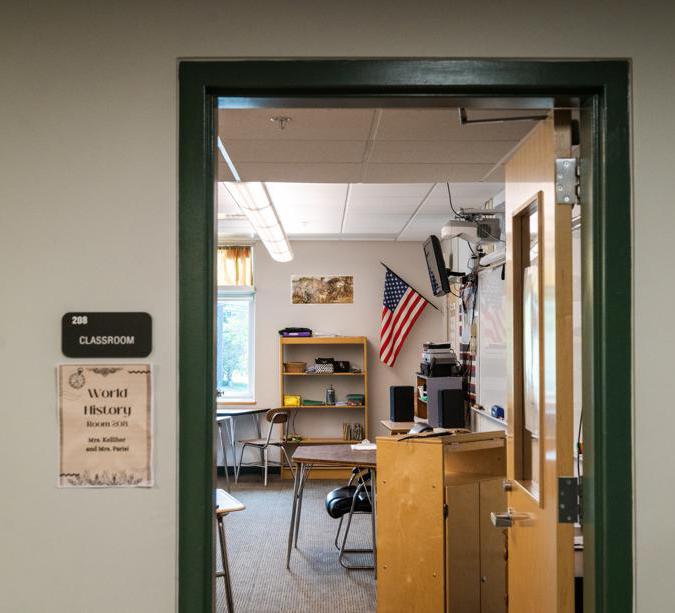New Hampshire still relies more heavily on local tax revenues to fund K-12 public schools than any other state, according to updated rankings released last week by the National Education Association.
While about 63 percent of public school funding in New Hampshire came from local sources last school year, only about 29 percent came from the state and about 8 percent came from federal sources, according to NEA’s estimates.
That means New Hampshire once again ranked first among the 50 states in terms of reliance on local education funding and dead last in terms of the state’s relative contributions.
The state’s current education funding model leads to disparities from one community to the next, in light of differences in property values. Cities and towns with lower property values may have a harder time raising enough money to provide for an adequate education, while those that collect more money than they need via the Statewide Education Property Tax have been allowed to keep the excess for use in their local districts.
Megan Tuttle, president of NEA New Hampshire, said some state lawmakers “keep failing to adequately fund public education,’’ and the state’s overreliance on local property taxes means students receive differing opportunities based on their ZIP codes.
“For example, students in property-poor and lower-income communities often don’t get to take AP courses or join extracurricular activities,’’ she said. “Differences in funding levels across the state also impact educator salaries, leading to serious recruitment and retention issues that directly harm student learning.’’
Whether the current model should be replaced with a system that requires the state to contribute more funding and distribute SWEPT revenues more equally is the subject of a pair of disputes pending before the New Hampshire Supreme Court after a lower court ruled in 2023 that the status quo is unconstitutional. Lawmakers have also been weighing potential solutions.
While the state’s share of K-12 public school spending is relatively slim, the overall amount that New Hampshire schools spend per student is higher than most other states. New Hampshire ranked seventh in the US last school year, spending $22,252 per pupil, according to the NEA data. That was slightly more than Maine schools spent per pupil and a few thousands dollars less than Massachusetts schools did.
Republican state lawmakers have advocated for caps to limit the growth of school spending at the local level. They have also proposed universal eligibility for the Education Freedom Account program, which would allow all families to take the state’s share of education funding and use it for private school or other education expenses. Democrats have advocated for their own legislative proposals to increase education funding at the state level and distribute SWEPT revenues more evenly.
A wide variety of factors, including geographic considerations, influence differences in per-pupil spending from one community or state to the next.
In terms of how much teachers get paid, New Hampshire is in the middle of the pack, according to the NEA data. With an average teacher salary of $67,170 last school year, New Hampshire ranked 24th among the states. Even so, the NEA said starting salaries for new teachers are still below $50,000 at more than three-quarters of New Hampshire school districts.
Steven Porter can be reached at steven.porter@globe.com. Follow him @reporterporter.



